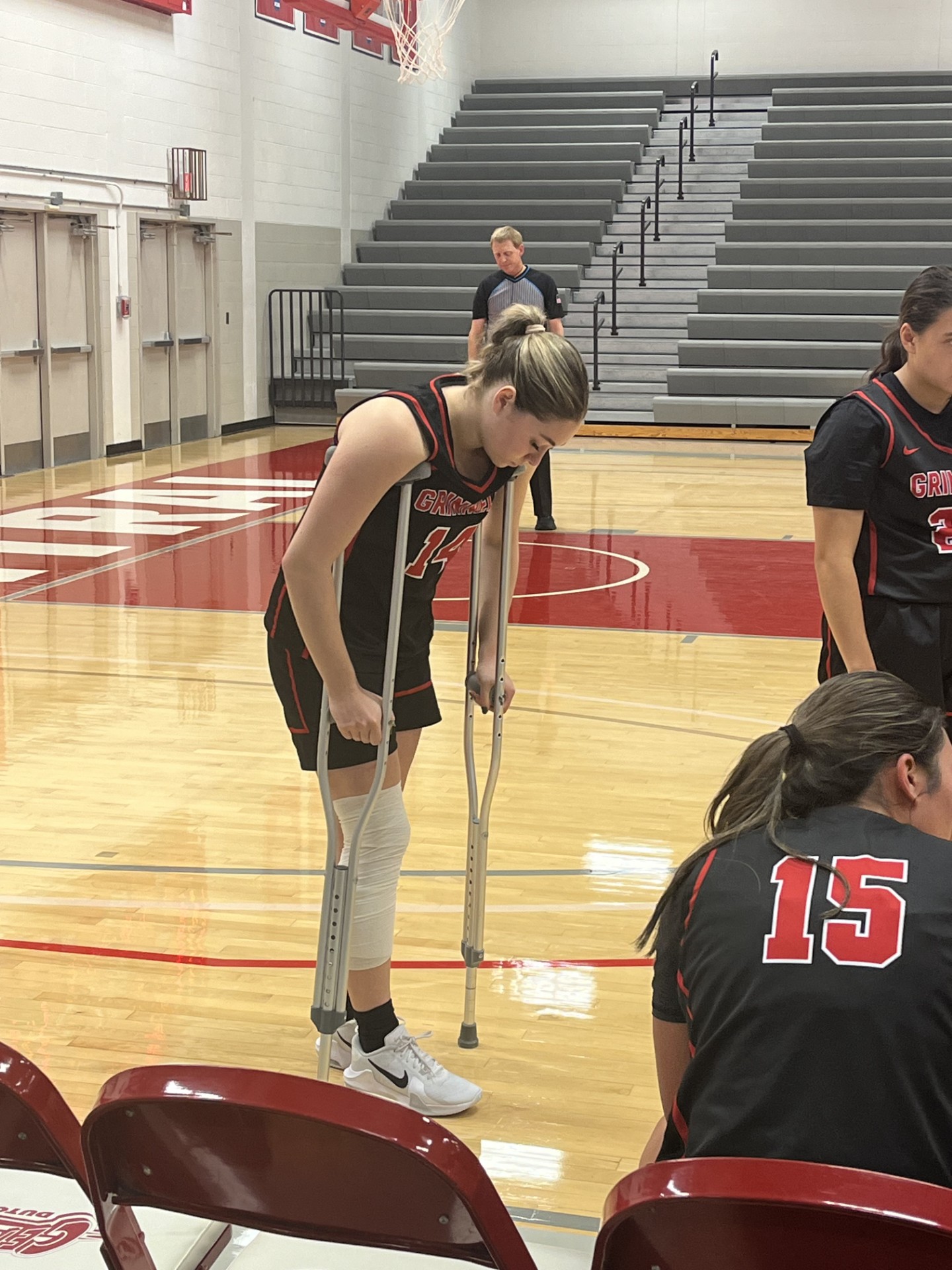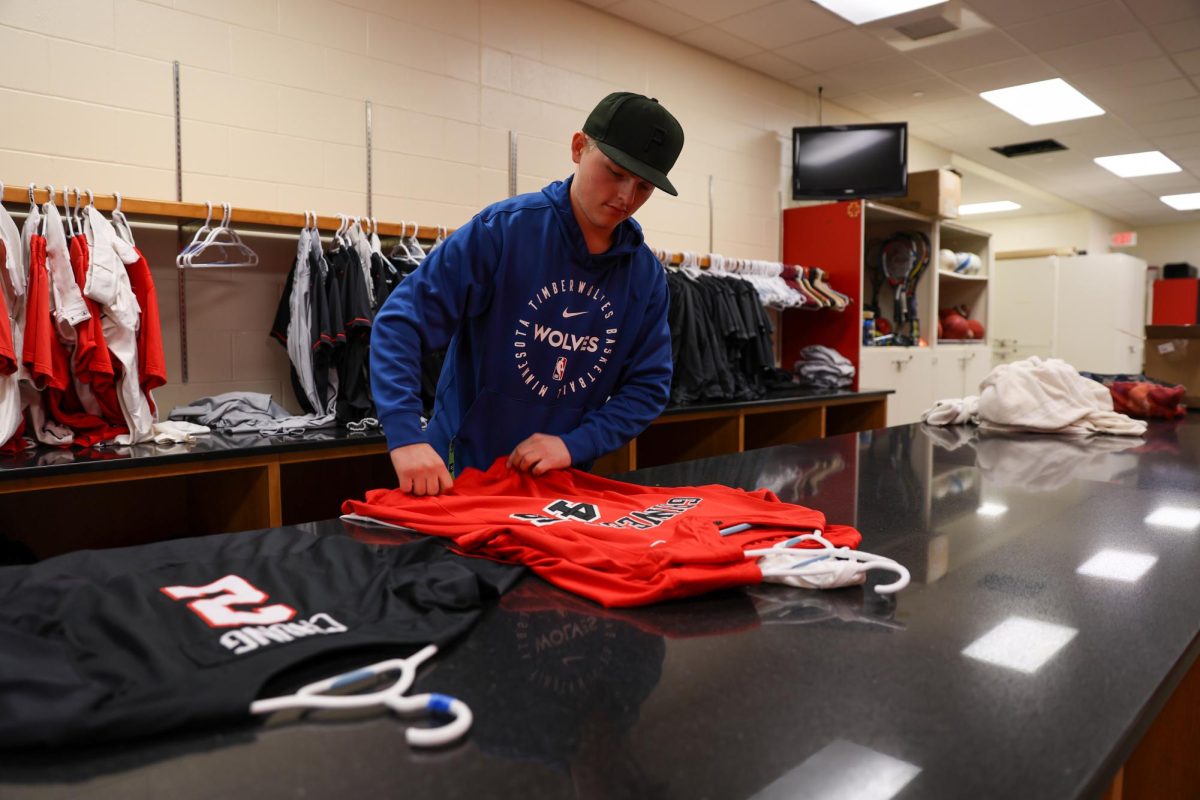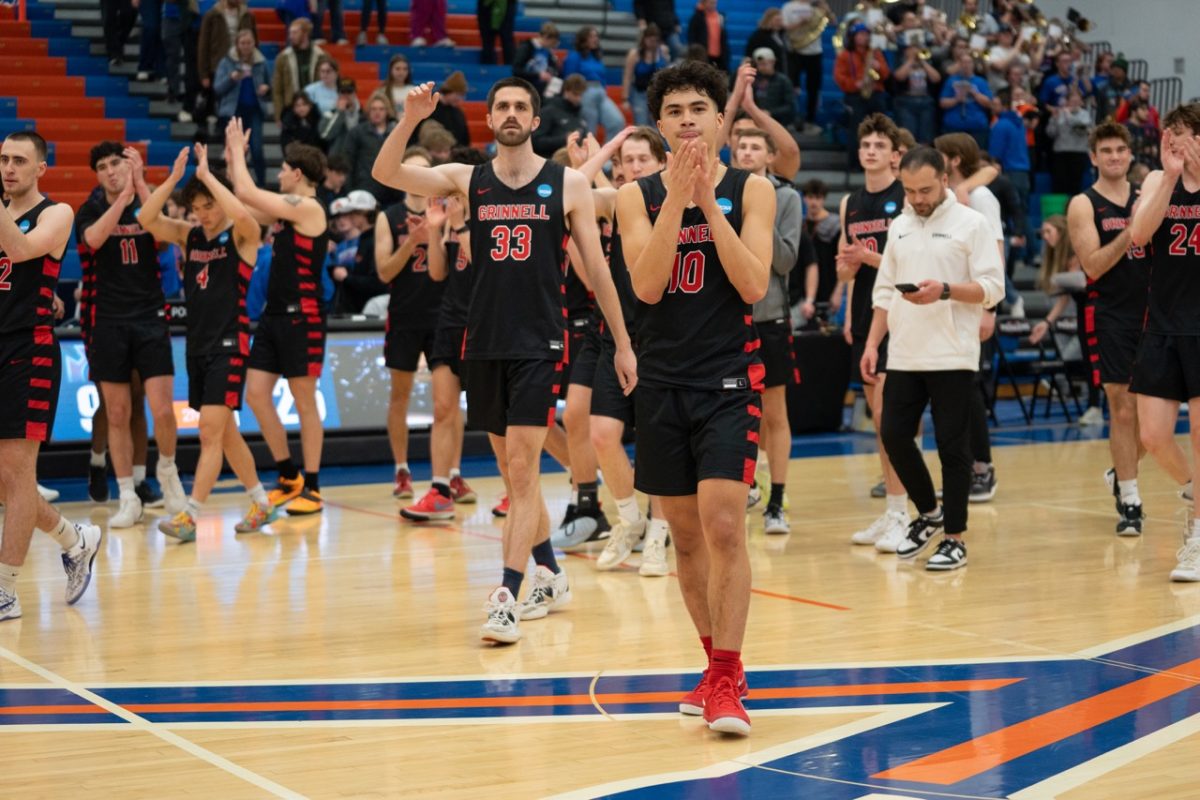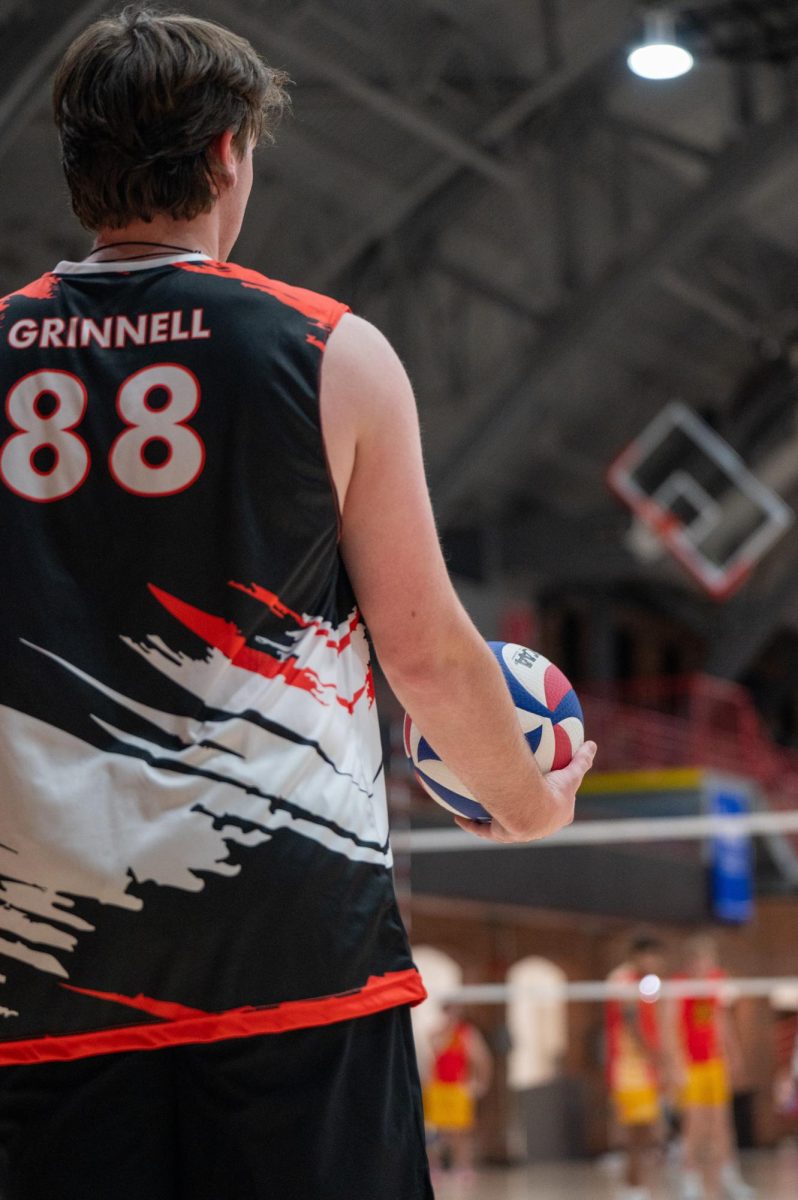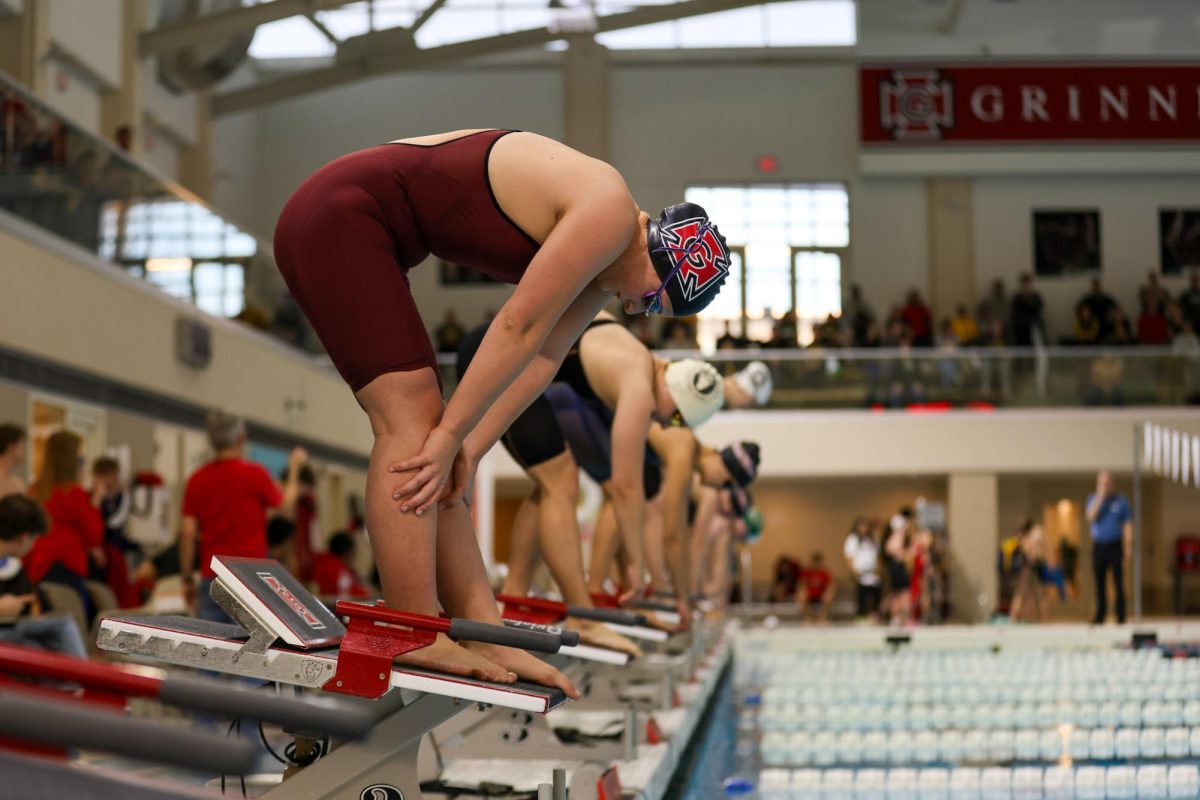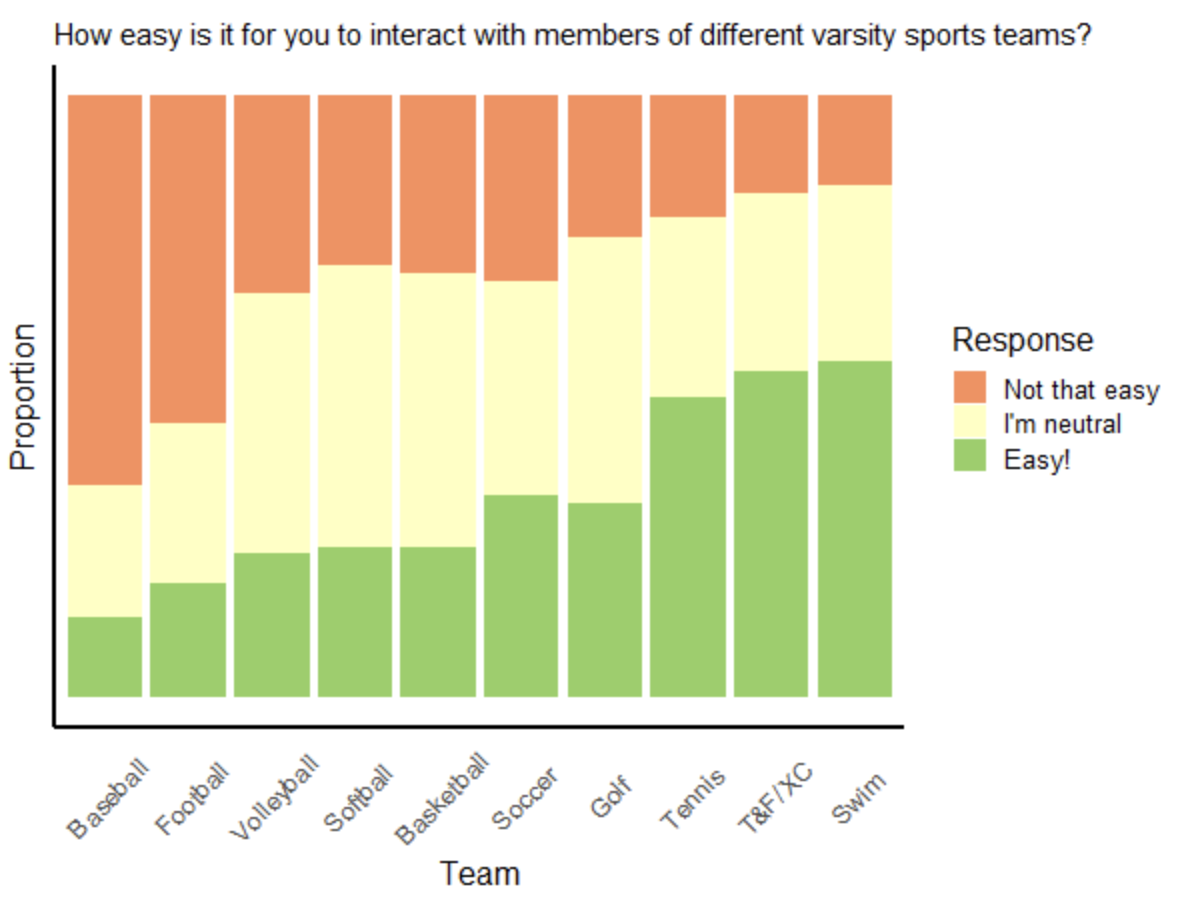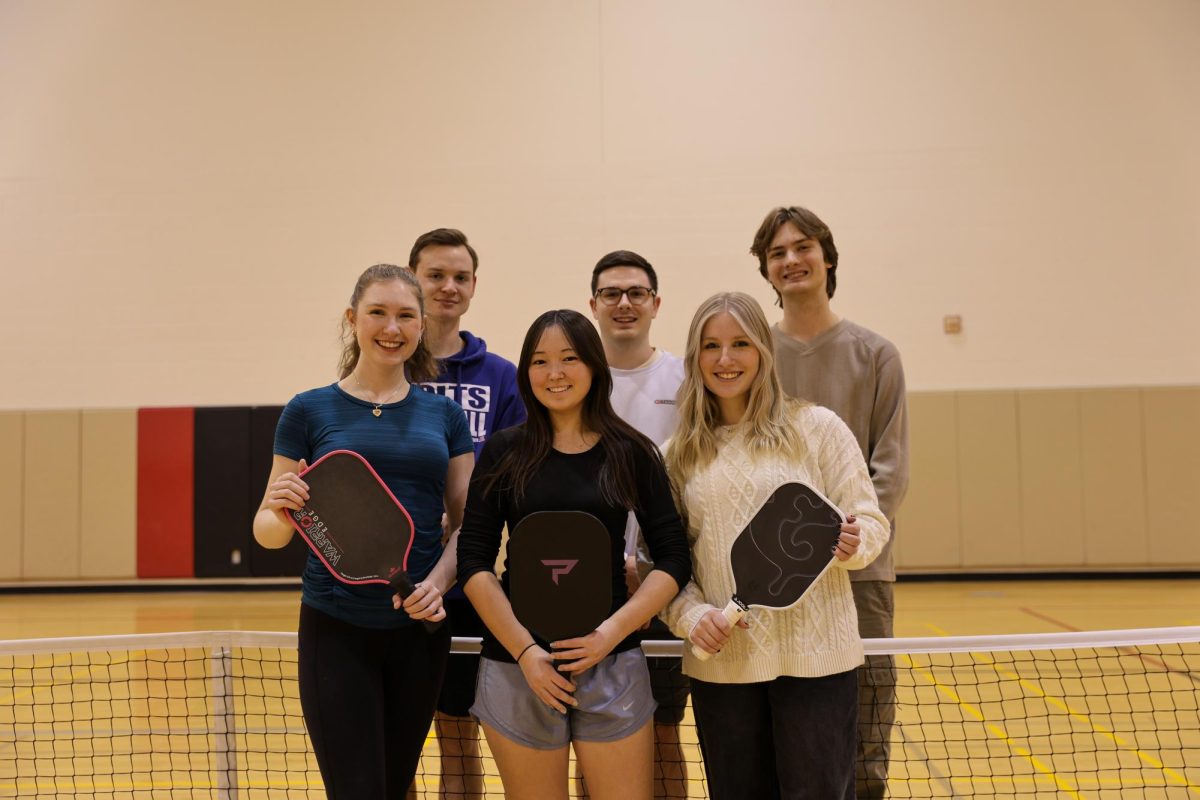Bread is to butter as athletes are to injury, and with more than 400 student athletes at Grinnell, there is no shortage of athletic injury. From broken bones to torn ligaments, athletes are constantly having to take time off the court, field or track to rest, recover and eventually return to their sport. Whether injuries take place on or off the court, in practice or in game, are one-time occurrences or recurring issues — there are many different ways to be an injured athlete. Yet many injured athletes are connected by common themes such as their sources of support and relationship to athletics while injured.
For some, the healing process can be a long one, taking months to get back in play or even years to see a full recovery. For others, smaller recurring issues hinder progress –– both of these circumstances impact students’ relationships to their sports. Many athletes spoke of the feeling of isolation that comes with being injured, especially since practices and team dynamics are a major source of socialization.
James Snyder `26, a cross country and distance track runner, received a series of smaller injuries that have impacted his athletic performance since freshman year. For him, the injuries are difficult because they remove him from one of his go-to social activities, running with friends.
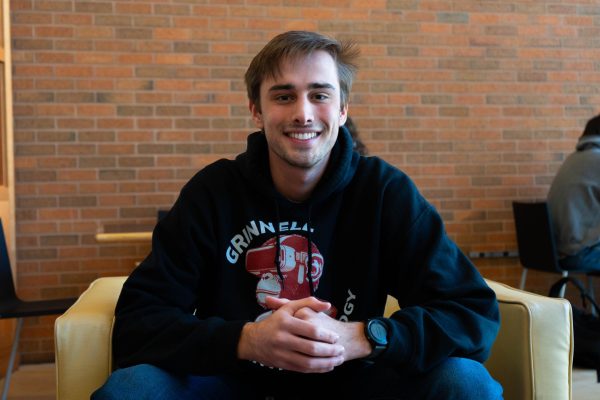
Kai Te Huki `27, a forward for the men’s basketball team, broke his metatarsal falling down his dorm hall stairs last semester. The fall resulted in a three month long recovery process that kept him off the court and isolated from his teammates.
“I was kind of optimistic before the actual diagnosis, but once I actually got the diagnosis, it was more of a mental thing than a physical thing,” Te Huki said. “I was really down on myself, I felt excluded from the team because everyone’s playing, everyone’s having fun.”
Te Huki’s recovery process was especially isolating as his injury limited his ability to get around campus, keeping him from bonding with other team members at the off-campus basketball house, which is far from his dorm.
To combat the sense of isolation, coaches and athletic trainers encourage athletes to participate in team activities when possible.
“My coach emphasized, like, even if you’re injured, we want you at our games, our practices, traveling with us, like we don’t want you to become disconnected,” Carolyn Pierce `27, a guard for the women’s basketball team, said. Pierce tore her TCL in a game during the fall of 2024, and said that the support of her coaches and teammates was instrumental to her recovery process.
“When I started running for the first time, they were all cheering for me,” Pierce said. “My first injury in high school, I didn’t really have that positive environment that made me feel that good about getting back. It was nice to have my coach always tell me she’s excited for me to get back and she’s looking forward to me playing again, because I feel like she really cares and so do my teammates.”
While some athletes are able to get back on court, for others, serious injuries force a re-evaluation of life goals. When faced with a year’s worth of recovery from an ACL tear during a women’s basketball practice, Meezan Hamzavi, previously `27, decided to reprioritize and transfer to University of Michigan to focus on a career in medicine.
“I think one of the most important things that I realized … sports do not define you, they are not your whole life and there are other important things, it’s okay for other things to also be important,” Hamzavi said. “I grew up with basketball, I worked for it. I have to be good at it and I have to keep working for it, but I realized that pre-med is always something I can work for and being a great doctor trying to get into med school.”
“Injuries are super common. And I feel like there’s this thing where people overlook them sometimes, because they’re just so common,” Pierce said. “I feel like some people just don’t realize how much it really affects you mentally. I do feel like people do give you a support system here that allows you to try to recover your best … but people just don’t fully understand how it really feels because of how hard you’ve worked, and it just ended because you fell, and then you just feel like you lost all your progress, and then you have to restart again.”
Snyder added to their sentiment, saying, “I think there definitely is a need for a sports-focused psychologist on a campus that’s really trying to be a powerhouse in athletics.”
“There’s definitely a need for sports-based mental health resources. And I definitely miss not having Baront here,” he said, referring to a sports psychologist who previously worked for the Athletics department. “That’s a big thing that he had an injury table during dinner on Tuesday nights. Just things that he set up that take someone trained in that to know to do.”
Head athletic trainer Carissa Tigges mentioned briefly in an interview with The S&B that the department is working on expanding the mental health resources available to athletes.
This article is the first installment of an athletic recovery series.

